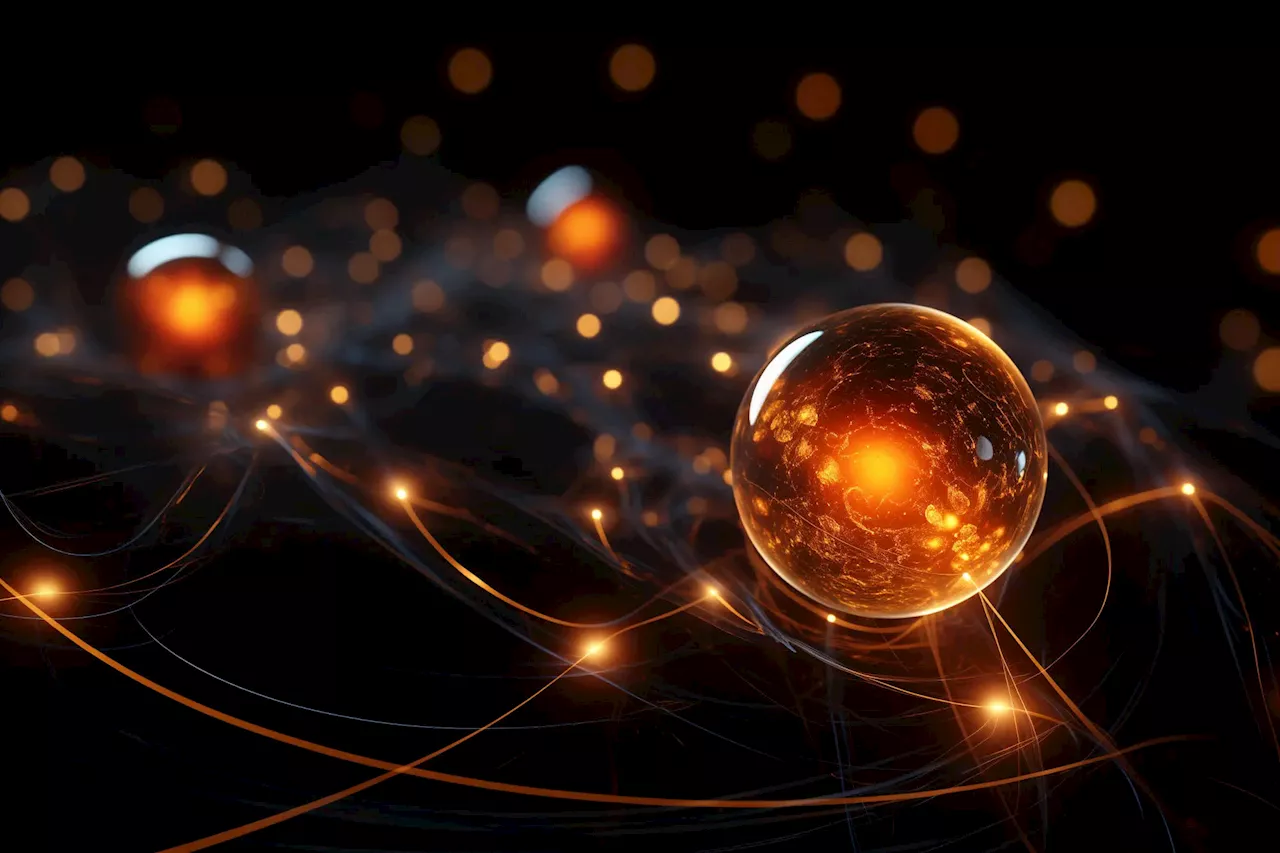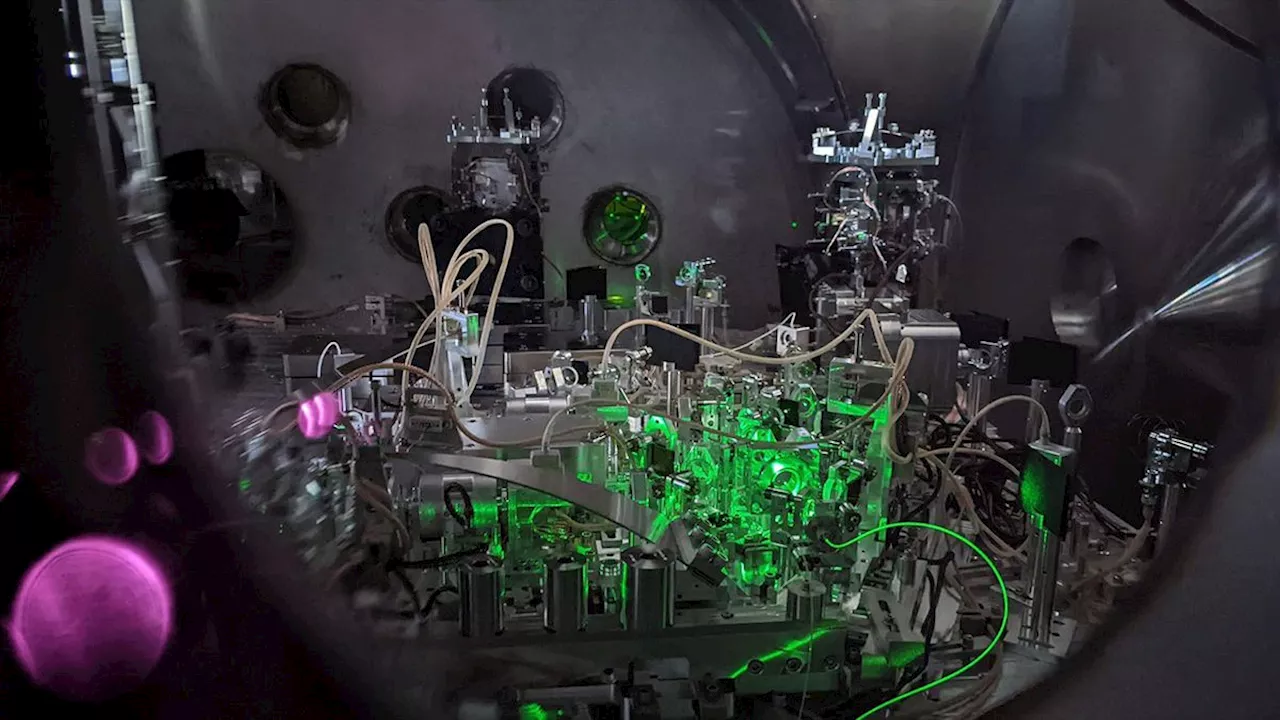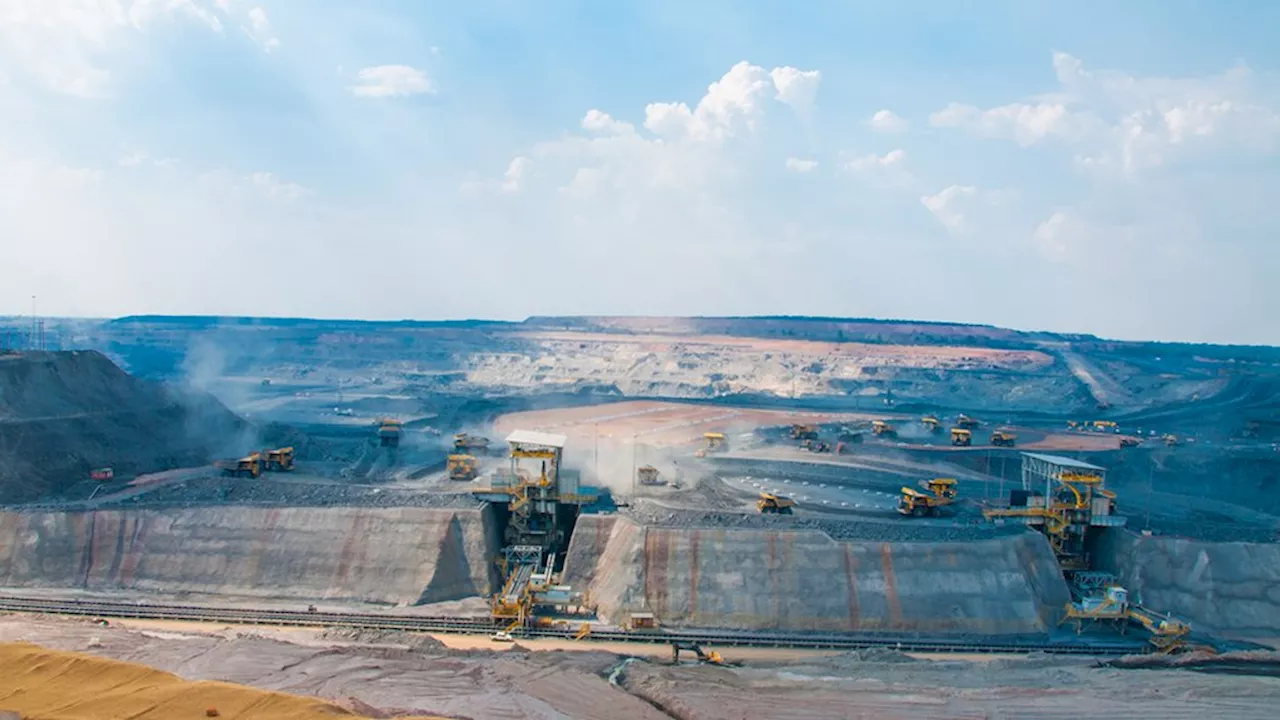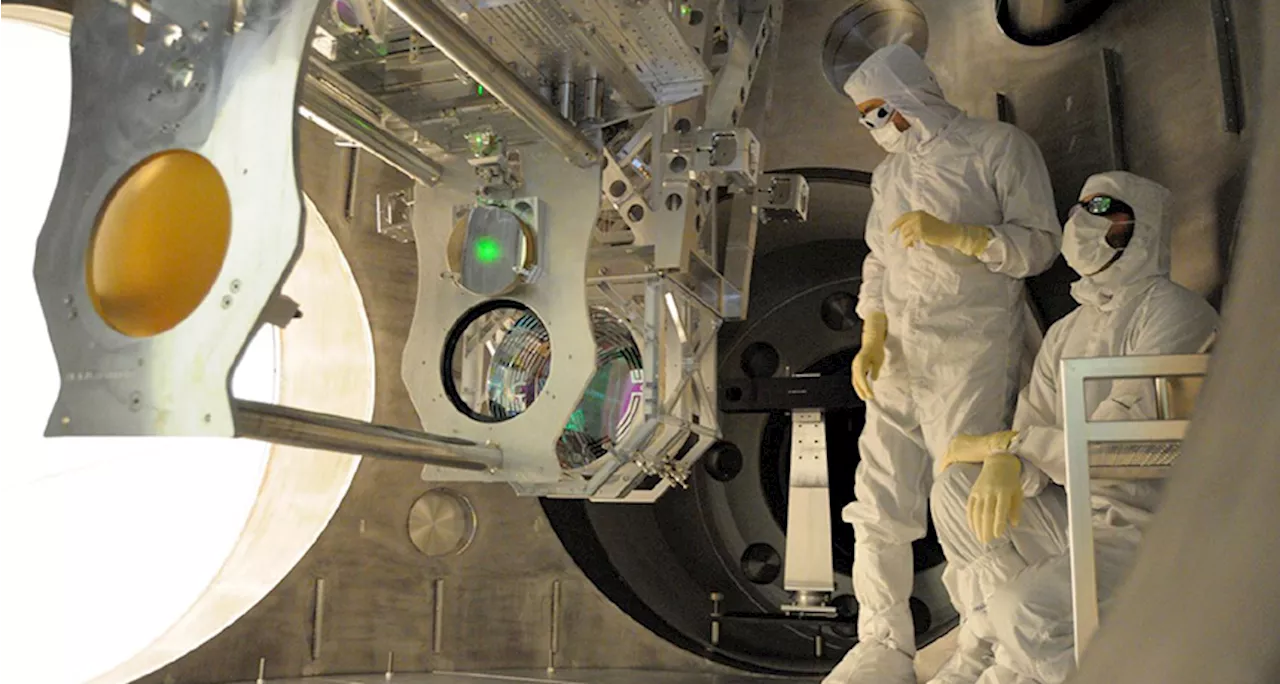Quantum squeezing of light will help scientists make better gravitational wave detectors.
A planned revamp of the Advanced Laser Interferometer Gravitational-Wave Observatory, LIGO, relies on finessing quantum techniques, LIGO scientists announced February 14. That $35 million upgrade could let scientists catch a gravitational wave every day, on average. LIGO’s current tally of 11could be surpassed in a single week, LIGO researchers said in a news conference at the annual meeting of the American Association for the Advancement of Science.
In LIGO, this translates to a give-and-take in the light scientists monitor to detect gravitational waves. At each of the observatory’s two detectors, located in Livingston, La., and Hanford, Wash., laser light bounces back and forth within two 4-kilometer-long arms arranged in an “L”. To determine whether a gravitational wave is passing through, scientistsIn LIGO’s detectors light from a laser bounces back and forth through two arms, traveling as a wave.
Singapore Latest News, Singapore Headlines
Similar News:You can also read news stories similar to this one that we have collected from other news sources.
 LIGO surpasses the quantum limit | ScienceDailyResearchers report a significant advance in quantum squeezing, which allows them to measure undulations in space-time across the entire range of gravitational frequencies detected by LIGO.
LIGO surpasses the quantum limit | ScienceDailyResearchers report a significant advance in quantum squeezing, which allows them to measure undulations in space-time across the entire range of gravitational frequencies detected by LIGO.
Read more »
 How quantum ‘squeezing’ will help LIGO detect more gravitational wavesAn upgrade to LIGO that comes from exploiting a quantum rule known as the Heisenberg uncertainty principle makes it easier to detect spacetime ripples.
How quantum ‘squeezing’ will help LIGO detect more gravitational wavesAn upgrade to LIGO that comes from exploiting a quantum rule known as the Heisenberg uncertainty principle makes it easier to detect spacetime ripples.
Read more »
 Quantum Anomaly Solved: Cornell Researchers Challenge Long-Held Beliefs About Quantum InsulatorsScience, Space and Technology News 2023
Quantum Anomaly Solved: Cornell Researchers Challenge Long-Held Beliefs About Quantum InsulatorsScience, Space and Technology News 2023
Read more »
 Protests continue in Panama against First Quantum’s 20-year deal on Cobre PanamaNo 1 source of global mining news and opinion
Protests continue in Panama against First Quantum’s 20-year deal on Cobre PanamaNo 1 source of global mining news and opinion
Read more »
 World's largest gravitational wave observatory squeezes light beyond the 'quantum limit'Ben Turner is a U.K. based staff writer at Live Science. He covers physics and astronomy, among other topics like tech and climate change. He graduated from University College London with a degree in particle physics before training as a journalist.
World's largest gravitational wave observatory squeezes light beyond the 'quantum limit'Ben Turner is a U.K. based staff writer at Live Science. He covers physics and astronomy, among other topics like tech and climate change. He graduated from University College London with a degree in particle physics before training as a journalist.
Read more »
 First Quantum trims 2023 copper and nickel guidanceCanada-headquartered First Quantum has lobbed off as much as 65 000 t from its copper production guidance for the year, to reflect the performance to-date of its three key mines – Cobre Panama, Kansanshi and Sentinel.
First Quantum trims 2023 copper and nickel guidanceCanada-headquartered First Quantum has lobbed off as much as 65 000 t from its copper production guidance for the year, to reflect the performance to-date of its three key mines – Cobre Panama, Kansanshi and Sentinel.
Read more »
